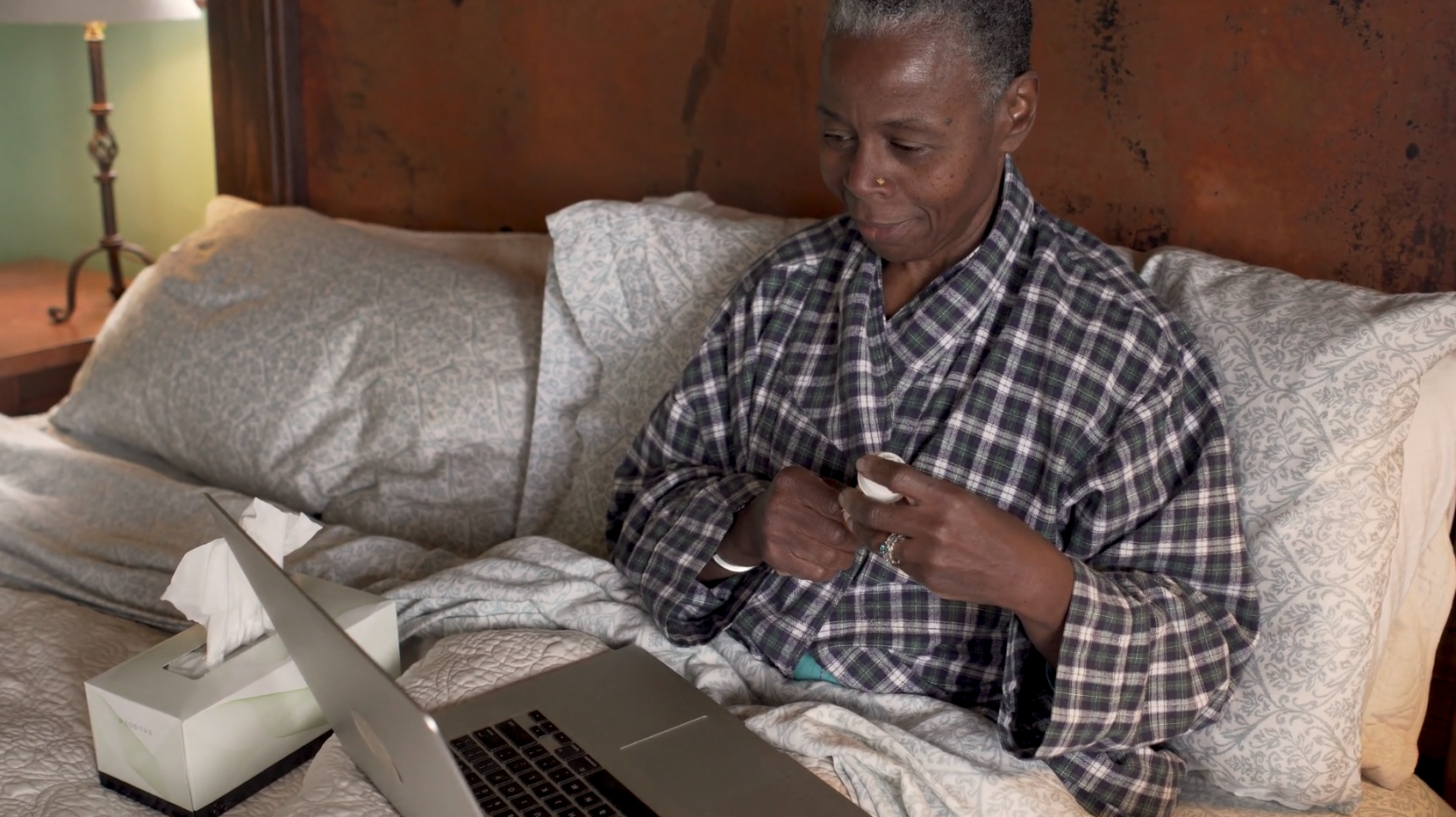The Advancements
Medicine is becoming increasingly digitized by the day. Even by the minute, in fact. The reason behind this paradigm shift in the way that medicine is practiced is two-fold: convenience for the patient and lower costs of service for both the patient and the provider.
Similar to a plethora of other industries, the COVID-19 pandemic acted as a catalyst and an accelerator for innovation and drastic changes in the healthcare markets around the world. None were more affected by fast innovation, willingness to participate in new delivery methods, and adaptation and adoption from hospital systems than that of the United States health system. Behind these changes lie a few extremely important driving factors. New medical code acceptance has allowed for higher reimbursement for video visits in some areas than in-clinic visits called for traditionally. Also, the cost to host a twenty-minute video visit for a physician is exponentially less. These visits also allow for a larger in-person patient panel that needs assistance, care, and in-person diagnosis more drastically than the traditional patient stopping in for a check-up.
Products like ZoomHealth, MDLive, and TeleDoc exploded over the course of the pandemic and continue to hold value in their newly appointed roles as footholds in the personal health of millions of Americans. These platforms have brought about a sense of immediate healthcare help that has not been around since the days of calling your neighbor that just happens to be a doctor for a home visit. This is an important and seemingly everlasting shift in thought processes by patients. The benefits of having immediate access to healthcare is evident, but there are a few fantastic negatives that must be addressed in order to ensure true and full access to quality care for all Americans.
.jpeg?width=2039&name=modern-family-lifestyle-senior-white-hair-grandparents-and-grandchildren-sitting-on-couch-with_t20_9k0rbO%20(1).jpeg)
The Divides
A majority of Americans over the age of 60 have difficulties understanding and comprehending seemingly everyday technologies used by younger generations. Even products specifically manufactured for people in these older age groups can still pose problems.
One specific issue that must be addressed by companies and organizations attempting to increase access to healthcare through digitalization is the decreased rate of digital literacy of people 60 years and older.
A second extremely important factor that must be understood is that a majority of American citizens have low health literacy. This means that most people in the United States do not understand basic to intermediate healthcare conditions, signs, and symptoms, or how to react in healthcare-related emergencies.
Many also lack the knowledge necessary to read and interpret data produced by the increasingly vast digital health landscape.
Combine these two factors with the increase in digitalization of healthcare and it is a recipe for disaster. But, don’t jump to any conclusions just yet. There has also been a shift in digital and health literacy that has occurred over the past year much quicker than years prior. Due to the demand for personal and social connection, necessities (for example groceries and home services), and prescription and healthcare ordering services have created a solid foundation for companies, organizations, and health advocacy groups to build upon.
Building Bridges
Locally, in Colorado, there has been a truly impactful movement to increase accessibility, health literacy, and digital understanding of all Colorado residents from the government and the department of public health but also from privately held companies and large academic health systems.
The University of Colorado Health System has recently been described as a “Case Study for Commercializing Medical Breakthroughs”, and that is far from an exaggeration. Their CARE Innovation Center has partnered with and invested in a multitude of organizations set on increasing accessibility and literacy not only in Colorado but around the world.
The way that UCHealth has earned this title of a “Case Study” is its dedication to patient-centric innovation and understanding where the disconnections lie. Once an organization understands where the disconnect is between the patient and the technology or the data presented to them, they can then make decisions on how to tailor the experience to their target users. This will then increase not only usability and understanding of the technology but coincidentally the health literacy of the person using the healthcare technology.
For example, though technology and medicine are advancing rapidly, the medication delivery systems have not advanced very much. We are still stabbing ourselves with the antiquated needle and syringe to deliver life saving medicine. It's important to close the gap of the medication delivery experience to align with all the technological advancements in healthcare, ensuring the whole experience is personalized for the unique patient needs.
Companies, Organizations Leading the Charge
SmartTab is a great example of this idea. Their product line of smart ingestible that can deliver the right medication at the right time and in the right location all while connecting to the user’s phone and a physician’s dashboard to allow for instant biometric monitoring is creating an incredible amount of interest. Their platform and software increase patient health awareness and literacy all while personalizing the medication delivery experience for every patient. Learn more about SmartTab by listening the Reimagining Healthcare Podcast.
"Look at some of the new COVID-19 vaccines, brand new mRNA technology and yet we are still using this almost 200 year old technology to deploy these really leading edge biologics. So those are some of the large gaps that we’ve identified we can provide a solution with SmartTab. "
-Robert Niichel, SmartTab, Founder and CEO
The Tufts University School of Medicine has a long history of top-notch medicine teaching and research. Dr. Lisa Gualiteri Ph.D., MSc, Associate Professor at Tufts University School of Medicine, has been studying a multitude of digital health topics, but most recently, a study regarding digital health literacy and its ties to adherence to medication regimes is being studied out of her office. Lisa also researches "digital health, including integration of tracker data into clinical care, improving digital literacy skills in older adults, and identifying changes in health information-seeking behavior during the pandemic." She finally says that teaching students how to couple personal industrial insights and structured learning material can help to bridge divides and help people more effectively in today's world of healthcare. If you would like to learn more about Dr. Gualtieri's work, check out her episode of SmartTab's Who Would Have Thought Podcast below.
“You really have to think about the wide range of abilities and disabilities people have, the circumstances in their lives, and if you accept that people have the goal of increasing their health and fitness, then you can start to think about all of the ways to support them in that.”
-Dr. Lisa Gualtieri, Tufts University School of Medicine, Associate Professor
People like SmartTab’s CEO, Robert Niichel, Tufts University School of Medicine Assistant Professor, Lisa Gualtieri, have all set out on missions to not only increase digital health literacy and technology literacy through the creation of imaginary but visible bridges but also to change the world through healthcare innovation specifically in the digital healthcare space.
Resources & Citations
https://www.uchealth.org/innovation/
https://mdlnext.mdlive.com/home
https://www.himss.org/resources/navigating-new-post-pandemic-world
https://www.cnbc.com/2020/05/06/why-you-should-take-advantage-of-your-telemedicine-options.html



